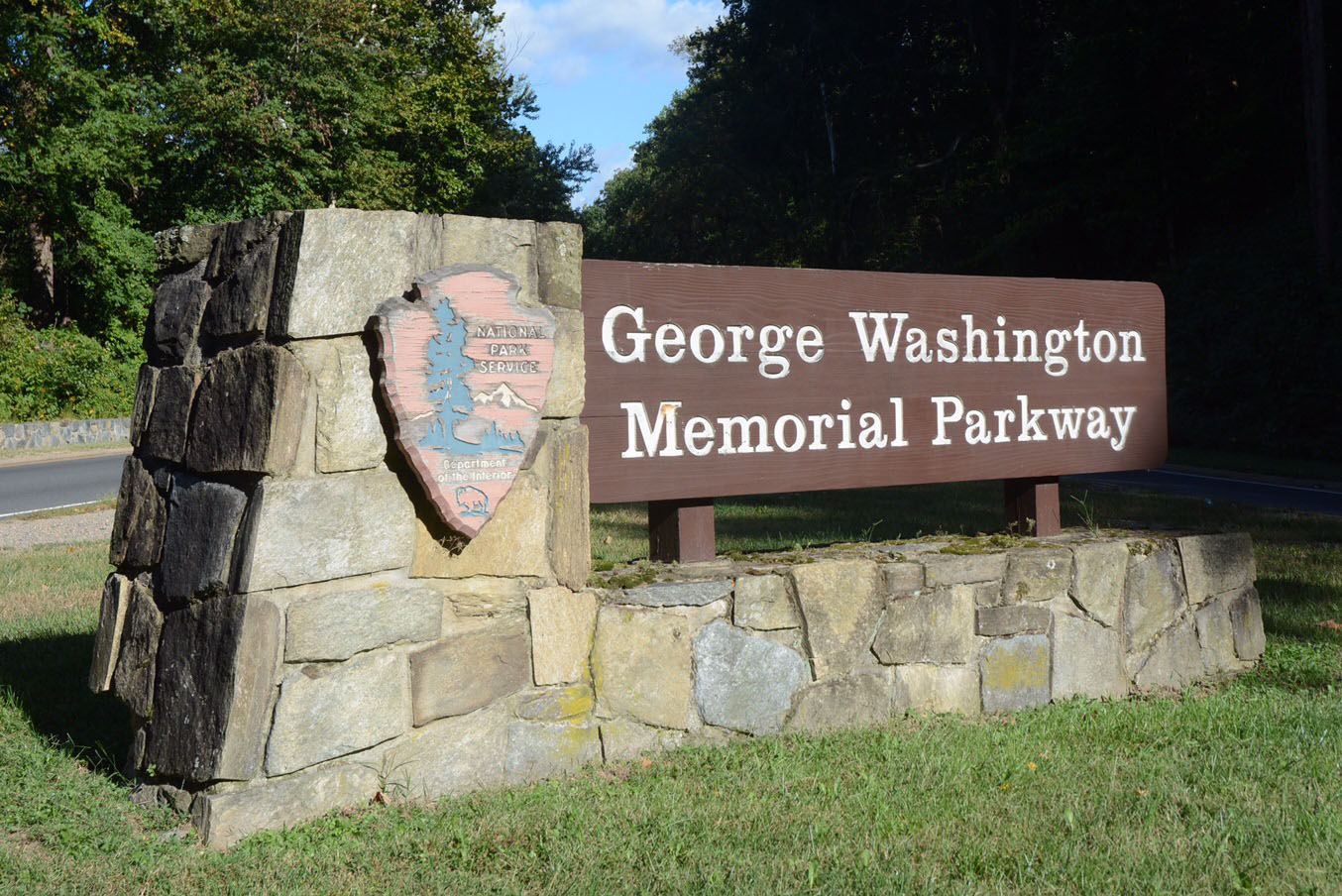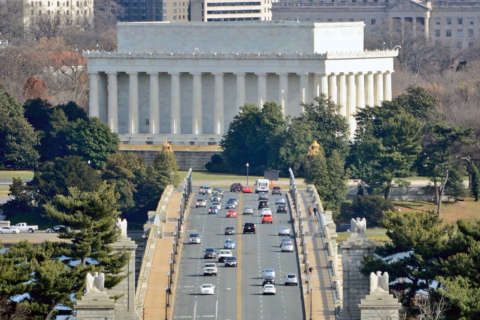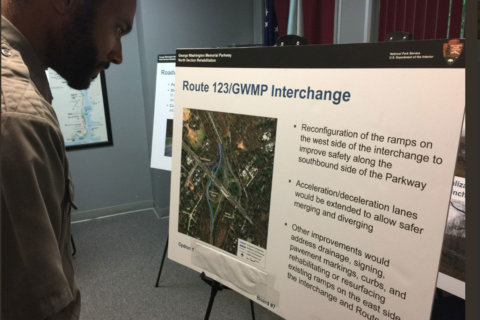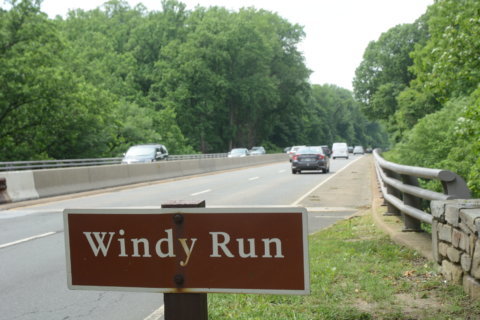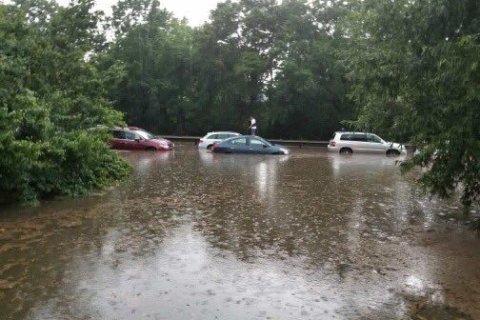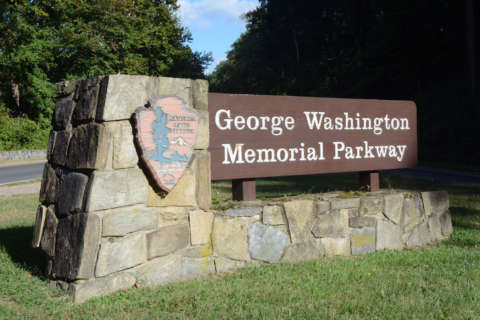
WASHINGTON — Much of the George Washington Parkway will see a complete rebuild in the next few years — and though it’ll surely result in smoother pavement and longer acceleration lanes, good things on the road only come after lengthy closures.
An $150 million overhaul of the George Washington Parkway, including a rework of the interchange with Virginia Route 123, is moving forward. The National Park Service (NPS) completed an environmental review for the 8-mile expanse of the parkway between the Capital Beltway and Spout Run — a process that stretched on for more than a decade.
Now, NPS hopes a grant can be issued soon to cover the costs of the project. It includes completely rebuilding the roadway in both directions — strengthening unpaved shoulders, improving drainage, adding stronger guardrails and renewing stone walls to meet current highway safety standards.
For drivers, the most significant impact during construction will be long-term closures that could reduce the parkway to just one lane in each direction. After construction wraps up, though, drivers will be able to use additional acceleration and deceleration lanes, and will find significant changes to Chain Bridge Road/Route 123.

The ramps between southbound GW Parkway and Route 123 would be consolidated in a new intersection, with some additional roadway realignment. Southbound traffic continuing past the interchange would also have two through lanes, instead of one. Northbound traffic on the GW Parkway would still be able to exit onto Route 123 in both directions.
In another significant change, four emergency turnarounds would be installed so that police can more easily redirect drivers who become stalled due to a major crash or inclement weather.
“During emergency incidents, such as a snow event or crash, the NPS has limited abilities to redirect traffic on the parkway. Gridlock can exist,” the environmental review said.
Comprising the crossovers would be 12 to 30 feet of stabilized grass or dirt that would blend in with the median when police are not present to direct traffic.
The entire project would be implemented in phases over a number of years, and there is no fixed date for construction yet since the National Park Service must still secure funding.
“The project need stems from the age and heavy use of GWMP infrastructure that has resulted in deterioration of the roadway and drainage system,” according to a finding of no significant impact.
It cited potholes, crumbling curbs, soil shoulders damaged by bad drainage or plowing and frequent use, and pools of water that back up onto the road during heavy rainfall.
During the project, NPS would also install manholes and conduits that could allow for improved signage, traffic information and communications in the future.
The park service promised to coordinate major long-term closures on the GW Parkway with other significant projects, such as upcoming major closures of the Arlington Memorial Bridge.
This parkway work is separate from construction on the bridge over Windy Run.
A separate study is underway on the southernmost portion of the parkway.

